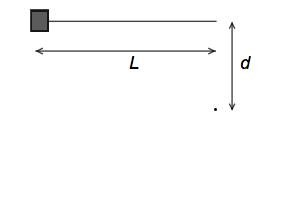Mathematical Tripos Dynamics and Relativity 2022
/Below are my answers to the 2022 Mathematical Tripos Part 1A Dynamics and Relativity questions examined on 08 June 2022.
- 3C (a) The vector equation of the plane is ͢r = ͢x0 + 𝜇 ͢E + λ ͢v . The motion is in a plane containing the initial point (x0) and is perpendicular to the magnetic field since the initial velocity has no component in the direction of B. The parameters 𝜇 and λ depend on m, q, t, E and B. These are identified in part (b). The scalar equation of the plane is ͢r · ͢B = ͢x0 · ͢B , since ͢E and ͢v are both perpendicular to ͢B.
- 3C (b)...answer to come


